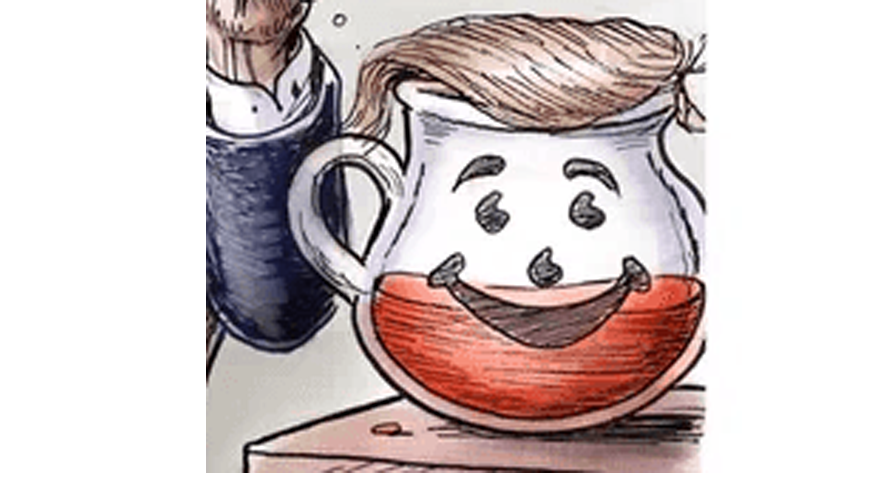Not to Bury Garfield, But to Praise Him
Skip to commentsFor well over 40 years, a fat orange cat has been a linchpin of American culture. It’s time to accept that.

“The Secret to Appreciating Garfield”
It’s late August, and I am cracking up as I read a brand-new Garfield comic.
My appreciation for the comic partly stems from the elegance of the cartooning, the way Garfield creator Jim Davis and his team manage to convey three distinct cat moods (apathy, private joy, sleepiness) in just a few ink strokes. It also has to do with the way I can immediately connect Garfield’s face to that of my wife’s tabby, Helen, whom I have observed for thousands of hours during our cohabitation.
Though at times it doesn’t seem to be an appreciation …
I don’t know where I acquired the idea that Garfield, which became widely popular not long after its 1978 national debut, was lame. But I suspect it didn’t take much convincing. I came of age in the ’90s, a decade when The Simpsons reigned supreme, and when popular newspaper strips were heavy on rhetorical and visual irony. Comics such as Calvin and Hobbes, The Far Side, The Boondocks, and Zits offered sharp, clever observations about modern life and the peculiarities of human behavior. And though Dilbert and Doonesbury, with their shrewd takes on office culture and politics, weren’t to my juvenile tastes, I still understood that they were sophisticated choices for the adult reader. Garfield, in contrast, seemed to be a bottomless pool of tepid non-jokes about its titular character’s hatred of Mondays and his owner’s general cluelessness.
… The Atlantic senior editor Jeremy Gordon expresses a high opinion for the Garfield comic strip. Or Via MSN.
This is, in the end, the simple secret to understanding the charms of Garfield: The comic is about what it’s like to live with a cat, because Garfield is a cat … Garfield functions as an in-joke for its millions of readers…


Comments 2
Comments are closed.